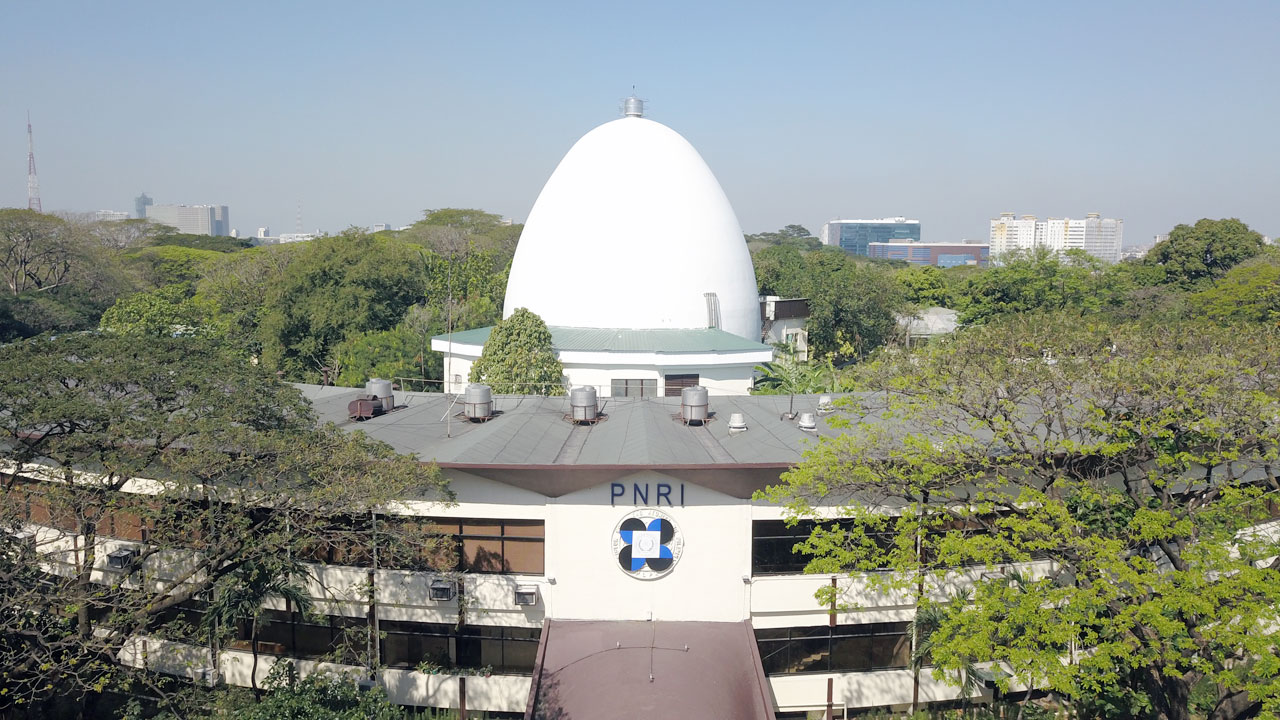Energy dep’t says push to satisfy IAEA nuclear power requirements underway
By Sheldeen Joy Talavera – October 24, 2023 | 9:12 pm
from Business World

PNRI.DOST.GOV.PH
THE Department of Energy (DoE) said it is undertaking measures to ultimately meet the international nuclear regulator’s standards as the Philippines moves to develop a nuclear power industry.
“The Philippine government is now laying the groundwork to satisfy the competency requirements based on the milestone approach of the International Atomic Energy Agency (IAEA), including stable government policy support with favorable public perception,” Energy Secretary Raphael P.M. Lotilla said at a webinar organized by the APEC Business Advisory Council on Tuesday.
Mr. Lotilla said the DoE has started drafting the national policy and strategy for safety on nuclear energy, which will set out the government’s commitment to achieve the fundamental safety objectives and to adopt the essential safety principles established by the IAEA.
The policy document is intended to foster transparency in all activities related to the nuclear energy program, particularly on the protection of people and the environment, he said.
“New nuclear technologies, such as small modular reactors, will bolster the role of nuclear power in our energy mix,” Mr. Lotilla said.
“As power systems decarbonize and the share of solar and wind power rises, SMRs (small modular reactors) can contribute to meeting the rising power system flexibility needs. They can also be used for industrial and hydrogen production,” he added.
He said nuclear energy is a “sustainable, sufficient, and environmentally friendly source of electricity,” and a key element in a decarbonization strategy.
“It can complement renewable energy in reducing power sector emissions while also contributing to electricity security as a dispatchable power source,” Mr. Lotilla said.
Felino M. Bernardo, chief operating officer of the Thermal Business Group of Aboitiz Power Corp. (AboitizPower), said that the government needs to establish a regulatory body and “come up with the right signals for developers” to make progress on their own plans.
Mr. Bernardo said that the current timeline for contract terms under the competitive selection process (CSP) of 15 years should match the lifetimes of nuclear power plants.
“The current CSP policies are only for 15 years. Now, nuclear power plants can live as long as 40, 60 years for some, probably 80, so we have to match the two. There’s the dissonance between the current policy and what nuclear can do,” he said.
“We need to look at the technologies out there and I believe that large nuclear, SMRs, and even MMRs (micro modular reactors) have a place in our economy because we need all of them and we will need a lot of them. The developers have to see what’s out there, match it with our current needs and make sure that we are able to develop on time, safely,” he added.
AboitizPower, Mr. Bernardo said, is at the “very early stages of predevelopment” and engaging with various solutions providers in nuclear technology and with various stakeholders to understand their concerns.
“Nuclear will be a big portion of the Philippines’ energy mix. I think that’s the technology that ticks all the boxes. It’s just a matter of time when each particular technology fits in to our needs,” he said.
Dan Strout, chief nuclear officer of Ultra Safe Nuclear Corp., a US company, called the retrofitting of old coal-fired plants to generate nuclear power “possible.”
“It’s absolutely possible… our reactor being small in size, you can scale it to line up with the prior capacity, the coal-fired plant. The thing you would need to consider (is), you don’t want to build on top of the ash pond, but most of coal sites are large enough to accommodate (nuclear equipment) and there’s absolutely a lot of value on it,” Mr. Strout said.
President Ferdinand R. Marcos, Jr. signed an executive order last year which requires the government to work towards introducing nuclear energy into the energy mix.
Another roundtable will further fine-tune the presentation of the ABAC Sustainable Growth Working Group on the feasibility of nuclear energy for the upcoming ABAC 4 meetings, scheduled in San Francisco in November.


